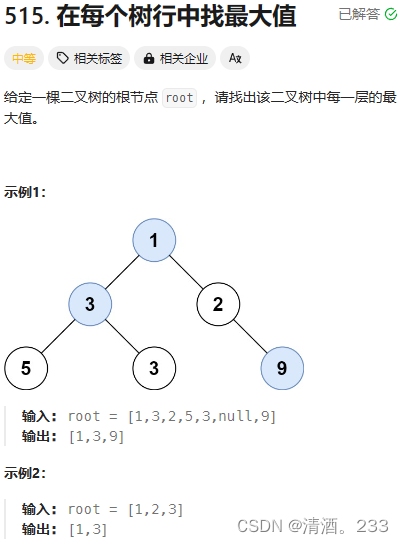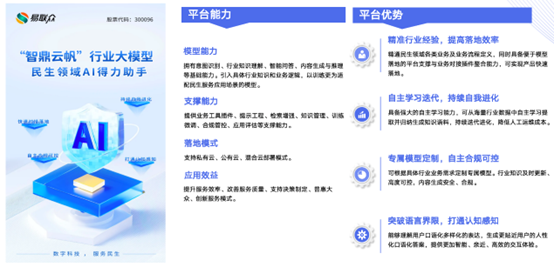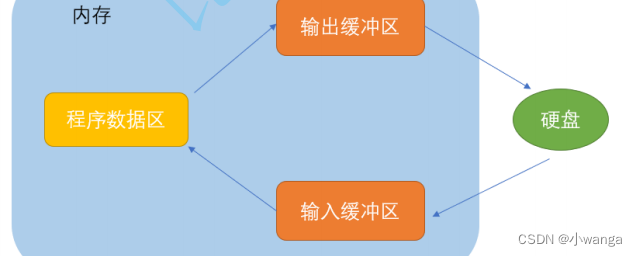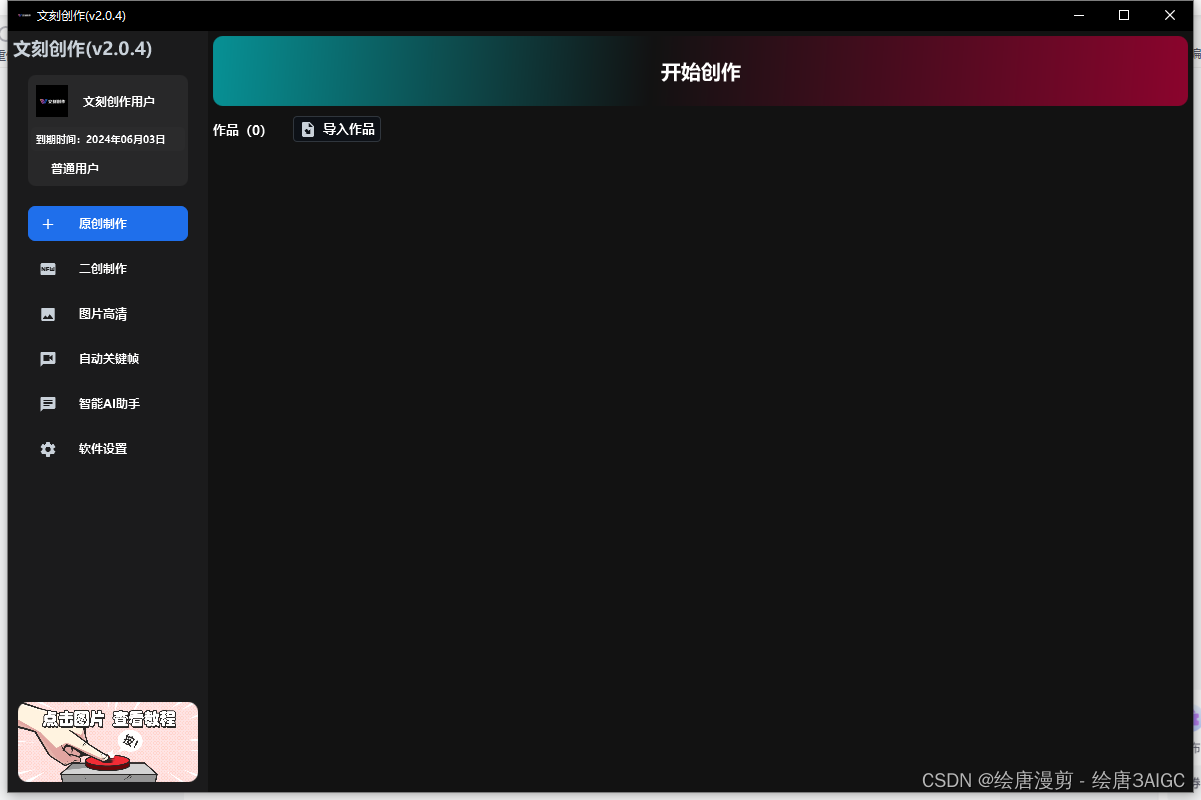文章目录
- 深入分析 Android Service (一)
- 1. Android Service 设计说明
- 1.1. Service 的类型
- 1.2. Service 的生命周期
- 1.3. 创建和启动 Service
- 1.4. 绑定 Service
- 1.5. ServiceConnection
- 1.6. 前台 Service
- 1.7. IntentService
- 示例:创建和使用 IntentService
- 2. Service 的应用场景
- 3.Service 的优缺点
- 3.1 优点
- 3.2 缺点
- 4. Service 系统源码分析
- 4.1. `Service.onCreate()`
- 4.2. `Service.onStartCommand()`
- 4.3. `Service.onBind()`
- 4.4. `Service.onDestroy()`
- 5. Service 的设计考虑
深入分析 Android Service (一)
1. Android Service 设计说明
Android 中的 Service 是一个应用组件,专门用于在后台执行长时间运行的操作。Service 不提供用户界面,但可以在没有用户交互的情况下持续运行。它常用于执行网络操作、播放音乐、处理文件等任务。
1.1. Service 的类型
Android 中有两种主要类型的 Service:
- Started Service:通过调用
startService()方法启动。该服务一旦启动,将一直运行,直到通过stopSelf()或stopService()方法停止。 - Bound Service:通过调用
bindService()方法绑定。它提供客户端-服务器接口,允许组件绑定到服务上与其交互。当所有绑定都解除时,服务会自动停止。
1.2. Service 的生命周期
Service 的生命周期包括以下几个关键方法:
onCreate(): 在服务被创建时调用。通常用于进行一次性的初始化操作。onStartCommand(Intent intent, int flags, int startId): 每次通过startService()启动服务时调用。用于处理启动请求。onBind(Intent intent): 当一个组件通过bindService()绑定到服务时调用。返回一个IBinder接口以供客户端与服务交互。onUnbind(Intent intent): 当所有绑定都解除时调用。onRebind(Intent intent): 当重新绑定到已解除绑定的服务时调用。onDestroy(): 在服务被销毁时调用。用于清理资源。
1.3. 创建和启动 Service
下面是一个创建和启动 Service 的简单示例:
public class MyService extends Service {
@Override
public void onCreate() {
super.onCreate();
// 初始化操作
}
@Override
public int onStartCommand(Intent intent, int flags, int startId) {
// 处理启动请求
return START_STICKY;
}
@Override
public IBinder onBind(Intent intent) {
return null;
}
@Override
public void onDestroy() {
super.onDestroy();
// 清理资源
}
}
启动服务:
Intent serviceIntent = new Intent(context, MyService.class);
context.startService(serviceIntent);
停止服务:
context.stopService(serviceIntent);
1.4. 绑定 Service
下面是一个创建和绑定 Service 的示例:
public class MyBoundService extends Service {
private final IBinder binder = new LocalBinder();
public class LocalBinder extends Binder {
MyBoundService getService() {
return MyBoundService.this;
}
}
@Override
public IBinder onBind(Intent intent) {
return binder;
}
public void performTask() {
// 服务任务
}
}
绑定服务:
Intent intent = new Intent(context, MyBoundService.class);
context.bindService(intent, serviceConnection, Context.BIND_AUTO_CREATE);
解除绑定:
context.unbindService(serviceConnection);
1.5. ServiceConnection
ServiceConnection 用于监控与服务的连接和断开状态:
private ServiceConnection serviceConnection = new ServiceConnection() {
@Override
public void onServiceConnected(ComponentName name, IBinder service) {
MyBoundService.LocalBinder binder = (MyBoundService.LocalBinder) service;
MyBoundService myService = binder.getService();
myService.performTask();
}
@Override
public void onServiceDisconnected(ComponentName name) {
// 处理服务断开
}
};
1.6. 前台 Service
前台 Service 提供了一个持续显示的通知,确保服务在系统资源紧张时不会被杀死。适用于音乐播放、位置跟踪等任务。
启动前台服务:
public class MyForegroundService extends Service {
@Override
public void onCreate() {
super.onCreate();
Notification notification = createNotification();
startForeground(1, notification);
}
@Override
public int onStartCommand(Intent intent, int flags, int startId) {
// 处理启动请求
return START_STICKY;
}
@Override
public IBinder onBind(Intent intent) {
return null;
}
private Notification createNotification() {
NotificationCompat.Builder builder = new NotificationCompat.Builder(this, CHANNEL_ID)
.setContentTitle("Service Running")
.setContentText("Service is running in the foreground")
.setSmallIcon(R.drawable.ic_notification);
return builder.build();
}
}
1.7. IntentService
IntentService 是 Service 的子类,用于处理异步请求。它在独立的工作线程中处理 onHandleIntent 方法中定义的所有请求。处理完请求后,IntentService 会自动停止。
public class MyIntentService extends IntentService {
public MyIntentService() {
super("MyIntentService");
}
@Override
protected void onHandleIntent(@Nullable Intent intent) {
if (intent != null) {
// 处理请求
}
}
}
IntentService 是 Service 的一个子类,专门用于处理异步请求。它在独立的工作线程中处理 onHandleIntent 方法中定义的所有请求,并在处理完请求后自动停止。IntentService 提供了一种简便的方式来处理异步任务,并避免了手动管理线程的复杂性。
示例:创建和使用 IntentService
创建一个 MyIntentService 类,继承自 IntentService:
public class MyIntentService extends IntentService {
public MyIntentService() {
super("MyIntentService");
}
@Override
protected void onHandleIntent(@Nullable Intent intent) {
if (intent != null) {
String action = intent.getAction();
if ("com.example.action.MY_ACTION".equals(action)) {
handleMyAction();
}
}
}
private void handleMyAction() {
// 执行后台任务
}
}
启动 IntentService:
Intent intent = new Intent(context, MyIntentService.class);
intent.setAction("com.example.action.MY_ACTION");
context.startService(intent);
2. Service 的应用场景
Service 在 Android 应用开发中有着广泛的应用场景,以下是几个常见的例子:
- 后台音乐播放:音乐播放应用通常使用
Service来管理音乐播放,这样即使用户离开了应用界面,音乐也可以继续播放。 - 下载管理:下载大文件时,可以使用
Service在后台处理下载任务,并在下载完成时通知用户。 - 位置跟踪:位置跟踪应用使用
Service来持续获取用户的位置信息,即使应用不在前台。 - 同步数据:定期同步应用数据(例如电子邮件、联系人)的应用通常会使用
Service来定期执行同步操作。
3.Service 的优缺点
3.1 优点
- 后台运行:
Service允许在后台执行长时间运行的操作,即使应用的界面不在前台。 - 保持应用响应:通过在后台处理耗时任务,
Service可以保持应用的主线程(UI 线程)响应。 - 前台服务:前台服务提供持续显示的通知,确保服务在系统资源紧张时不会被杀死。
3.2 缺点
- 资源消耗:如果使用不当,
Service可能会消耗大量系统资源,导致应用性能下降或设备电池快速消耗。 - 复杂性:管理
Service的生命周期和处理异步操作可能会增加应用的复杂性。 - 内存泄漏:不正确地使用
Service或者不及时停止Service可能会导致内存泄漏。
4. Service 系统源码分析
以下是系统源码中 Service 的一些关键实现,以帮助更深入地理解 Service 的工作机制。
4.1. Service.onCreate()
Service 的 onCreate 方法在 Service 的生命周期开始时被调用。以下是其在 Service.java 中的定义:
@Override
public void onCreate() {
super.onCreate();
// Service initialization
}
在 onCreate 中进行服务的初始化操作,例如设置变量、创建线程等。
4.2. Service.onStartCommand()
onStartCommand 方法用于处理每次启动请求。以下是其在 Service.java 中的定义:
@Override
public int onStartCommand(Intent intent, int flags, int startId) {
// Handle the start request
return START_STICKY;
}
onStartCommand 的返回值决定了服务在被系统杀死后是否重启。常见的返回值包括:
START_NOT_STICKY: 服务不会自动重启。START_STICKY: 服务会自动重启,但不保留传递的Intent。START_REDELIVER_INTENT: 服务会自动重启,并重新传递最后一个Intent。
4.3. Service.onBind()
onBind 方法用于绑定服务。以下是其在 Service.java 中的定义:
@Override
public IBinder onBind(Intent intent) {
return null;
}
如果服务不需要绑定,则返回 null。否则,返回一个 IBinder 实例以供客户端与服务进行交互。
4.4. Service.onDestroy()
onDestroy 方法在服务销毁时调用,用于清理资源。以下是其在 Service.java 中的定义:
@Override
public void onDestroy() {
super.onDestroy();
// Clean up resources
}
在 onDestroy 中可以释放资源、停止线程等。
5. Service 的设计考虑
在设计和使用 Service 时,需要考虑以下几个方面:
- 任务类型:确定是使用
Started Service还是Bound Service,以及是否需要使用IntentService。 - 生命周期管理:正确管理
Service的生命周期,确保及时启动和停止服务,以避免资源浪费和内存泄漏。 - 前台服务:对于需要长期运行且不希望被系统杀死的服务,使用前台服务并提供持续显示的通知。
- 性能优化:避免在
Service中执行耗时的操作,使用异步任务或线程池来处理后台任务。 - 安全性:确保
Service的数据和操作安全,避免被未授权的应用或组件访问。
通过深入理解和合理设计 Service,可以有效地提升应用的性能和用户体验。掌握 Service 的工作机制和最佳实践,是构建高效、稳定的 Android 应用的重要一环。
| 欢迎点赞|关注|收藏|评论,您的肯定是我创作的动力 |

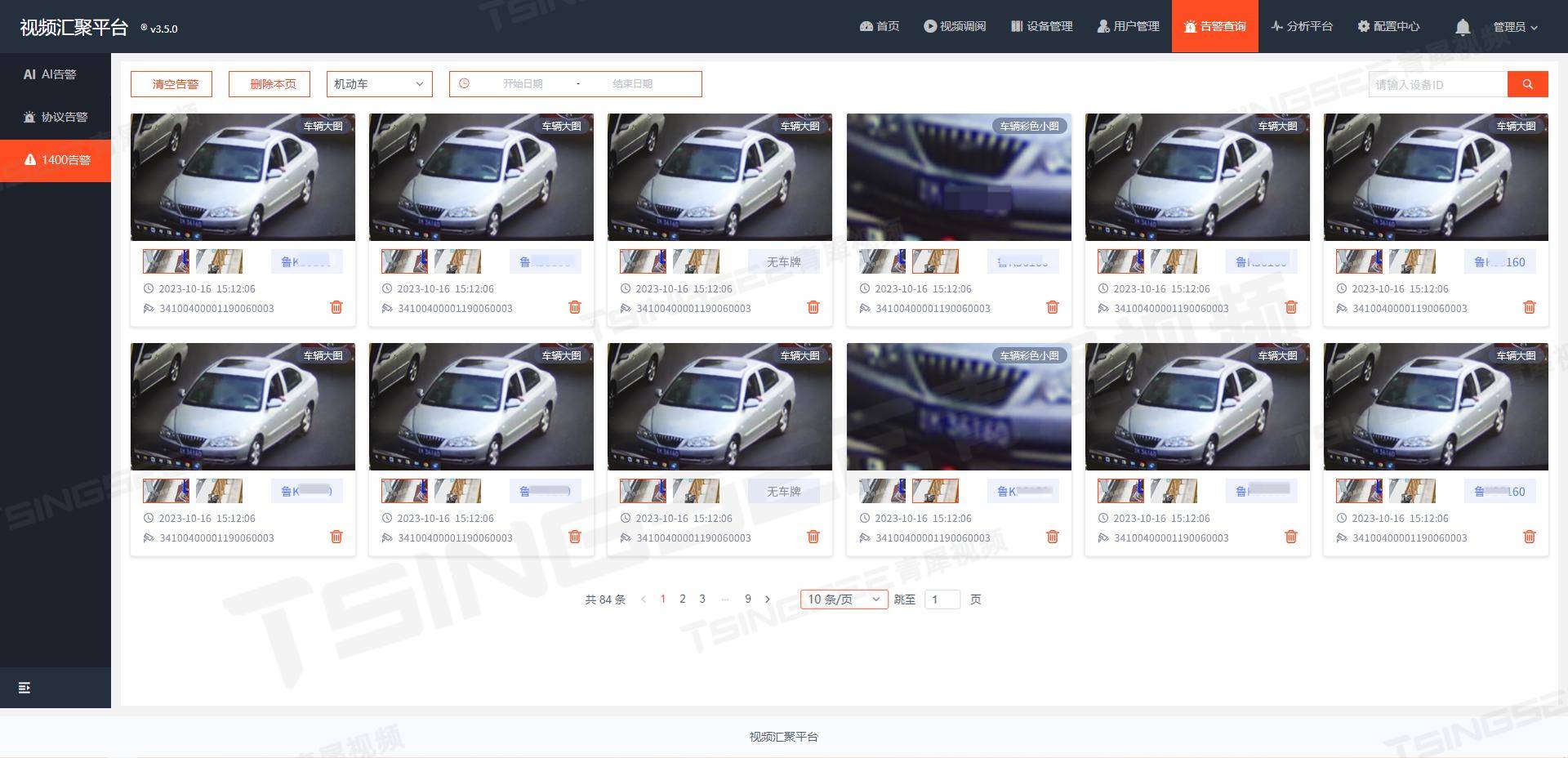

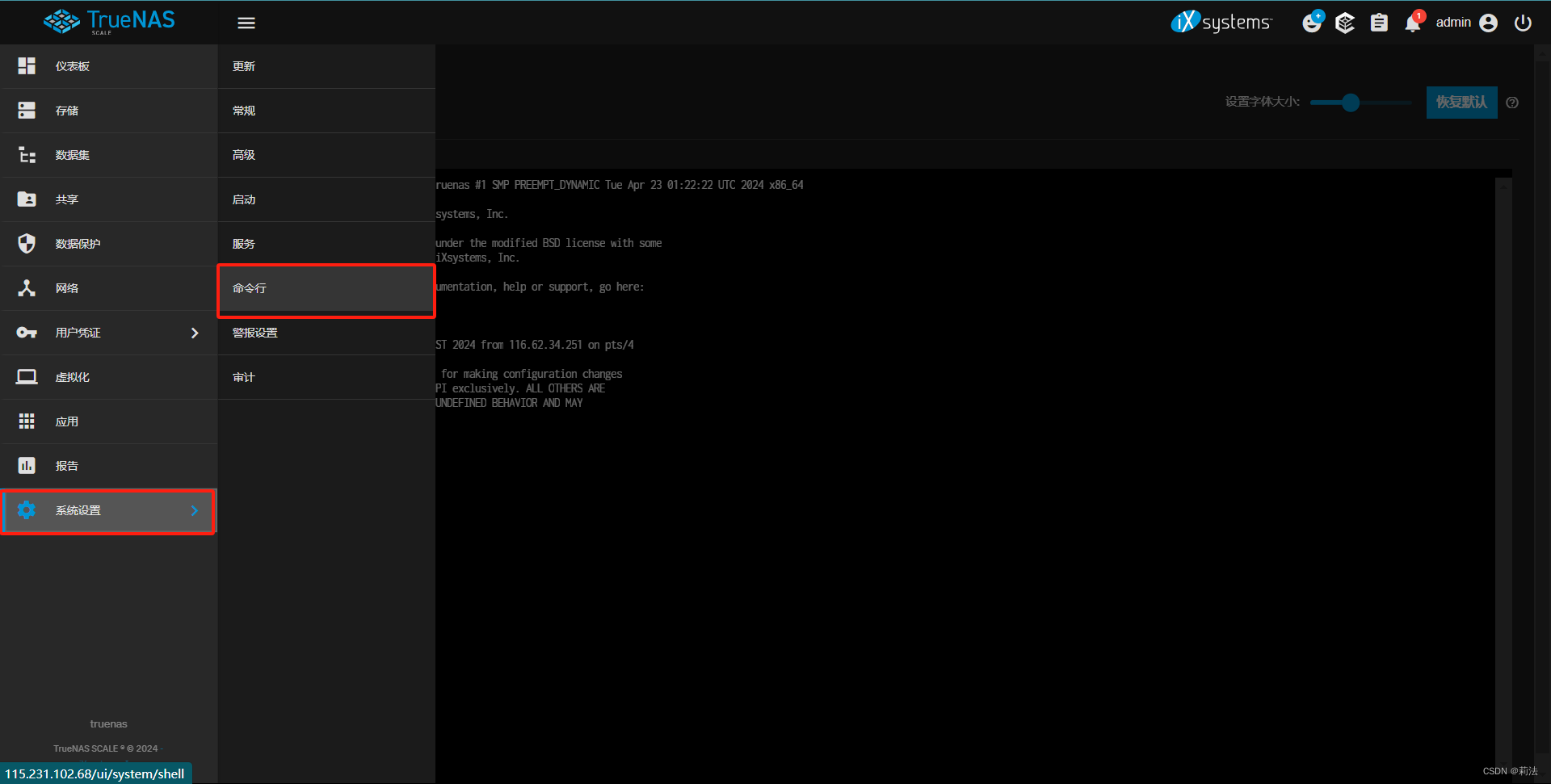
![[Linux]重定向](https://img-blog.csdnimg.cn/direct/b0e37cf2cfb145daaed2b0fffaaf81a4.png)


